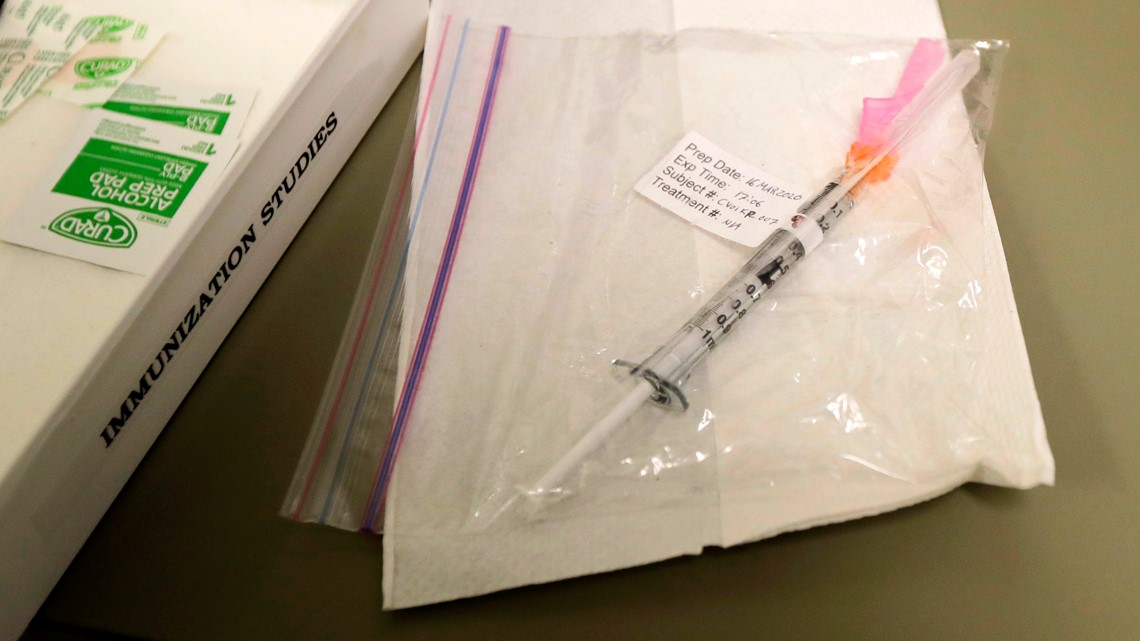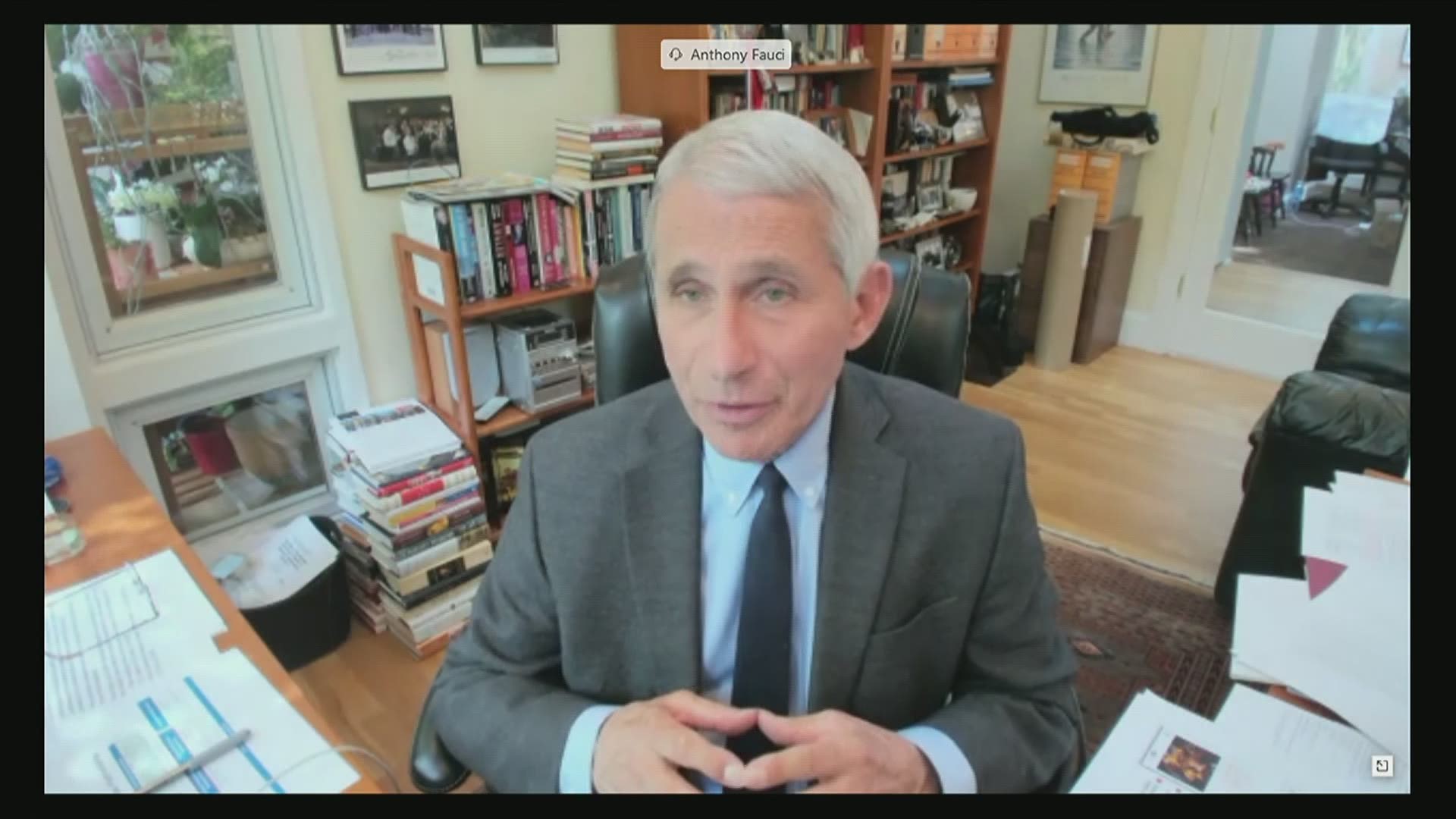The World Health Organization chief said Monday there are around seven or eight “top” candidates for a vaccine to combat the novel coronavirus and work on them is being accelerated.
WHO Director-General Tedros Adhanom Ghebreyesus told a U.N. Economic and Social Council video briefing the original thinking two months ago was that it may take 12 to 18 months for a vaccine. But he said an accelerated effort is under way, helped by 7.4 billion euros ($8 billion) pledged a week ago by leaders from 40 countries, organizations and banks for research, treatment and testing.
He said the $8 billion will not be enough, and additional funds will be needed to speed up the development of a vaccine, but more importantly to produce enough “to make sure that this vaccine reaches everyone — (and) there’s no one be left behind.”
“We have good candidates now,” Tedros said. “The top ones are around seven, eight. But we have more than a hundred candidates.”
“We are focusing on the few candidates we have which can bring probably better results and accelerating those candidates with better potential,” he said.
Tedros did not identify the top candidates.
Since January, he said, “WHO has been working with thousands of researchers all over the world to accelerate and track vaccine development from developing animal models to clinical trial designs and everything in between.”
Tedros said there is also a consortium of more than 400 scientists involved in vaccine development and diagnostics.
The WHO chief stressed that COVID-19 is “very contagious and it’s a killer,” with over 4 million cases now reported to WHO and almost 275,000 lives lost.
While new cases are declining in Western Europe, they are increasing in Eastern Europe, Africa, southeast Asia, the eastern Mediterranean and other regions, he said.


Tedros said “the pandemic is teaching us many painful lessons,” especially the importance of having strong national and regional health systems.
“And yet on current trends, more than 5 billion people will not access these essential services by 2030” — the ability to see a health worker, access essential medicine, and have running water in hospitals, he said.
He stressed that as the response to COVID-19 continues, nations must also lay the foundations for a healthy, safer and fairer world.
“The world spends around $7.5 trillion on health care each year, almost 10 percent of global GDP, but the best investments are in promoting health and in preventing disease at the primary health care level which will save lives and save money,” Tedros said.
U.N. Deputy Secretary-General Amina Mohammed told the briefing that all nations are “in it together” but the immediate priority must be the most vulnerable countries and communities.
She called for a new debt relief program for vulnerable countries so their economies can recover.
And she said measures to protect and stimulate the economy, from cash transfers to credits and loans must be targeted at women “who make up the majority of those in the hardest-hit informal economy, and who are at the forefront of the community response.”
The head of the International Labor Organization said the U.N. agency estimates the equivalent of 305 million full-time jobs will be lost around the world in the second quarter of this year, which ends on June 30.
ILO Director-General Guy Ryder told the briefing that by comparison, only 22 million full-time jobs were lost immediately when the financial crisis hit in 2008-2009, “so you can see we’re in an entirely different place.”
Ryder said it’s also often forgotten that 60 percent of the global workforce of 3.3 billion have jobs in the informal economy, most of them women.
He said the ILO estimates that in the first month of the pandemic, with lock-downs and economic shutdowns, “these people have lost on average 60 percent of their income, their revenues from work.” And they are concentrated in countries with scarce resources and the weakest social protection systems, he said.
Ryder called for international cooperation to help those most in need and for stepped up efforts to keep enterprises alive, retain jobs, maintain the link between enterprises and workers even when they can’t work now.

